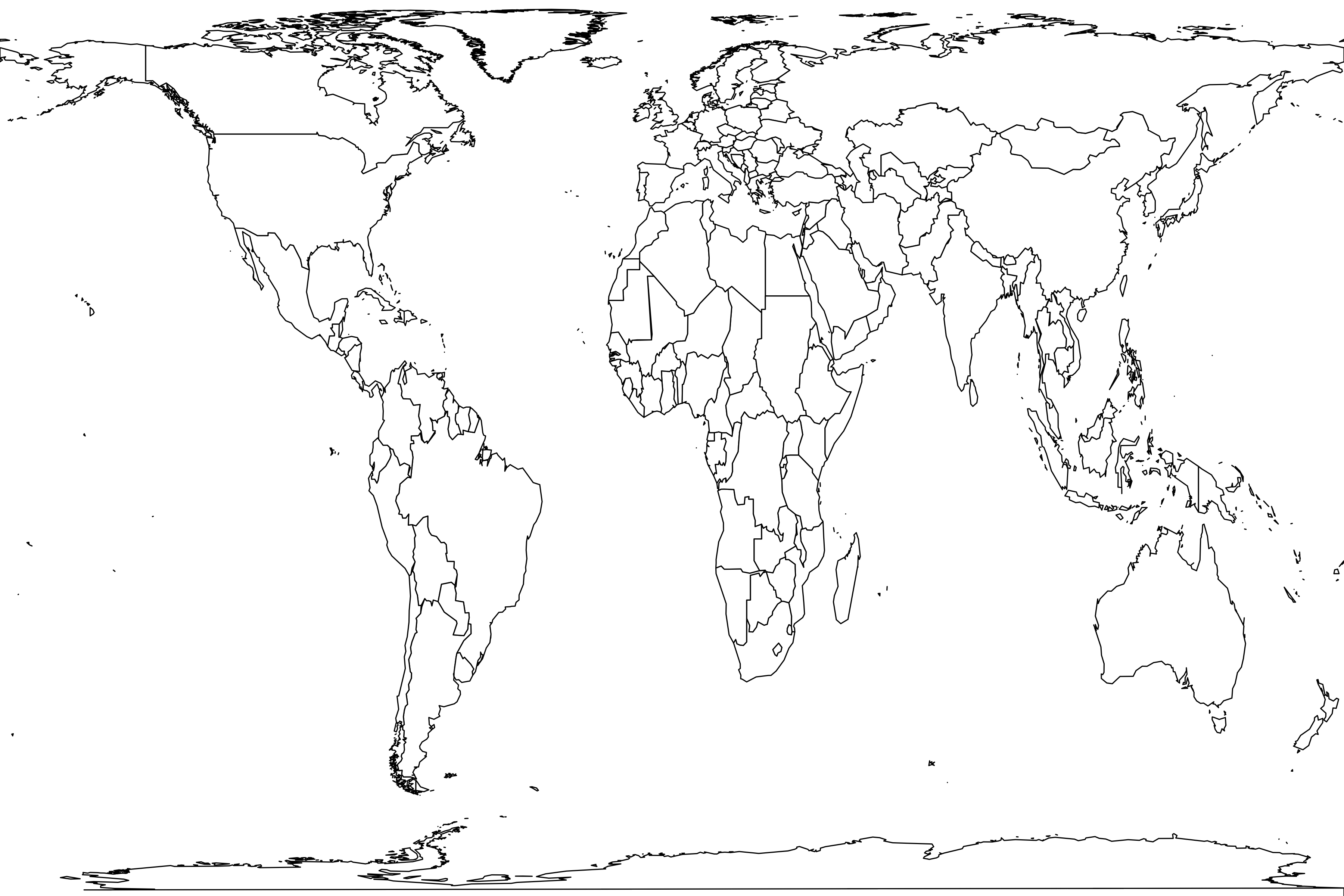Meliquina Valley
Basic information
Sample name: Meliquina Valley
Reference: M. V. Lantschner, V. Rusch, and J. P. Hayes. 2013. Do exotic pine plantations favour the spread of invasive herbivorous mammals in Patagonia?. Austral Ecology 38(3):338-345 [ER 3384]
Geography
Country: Argentina
State: Neuquén
Coordinate: 40° 28' S, 71° 13' W
Latlng basis: stated in text
Geography comments: "We conducted this study in the Meliquina Valley, northwest Patagonia, Argentina. The study area consists of two north–south-orientated intermountain valleys (Meliquina, Filo Huaum – Caleufu rivers), with steep, stony mountain slopes and narrow floodplains. Elevations range from 800 to 2000 m."
Environment
Habitat: temperate broadleaf/mixed forest
Altered habitat: plantation
Protection: unprotected
Substrate: ground surface
Disturbance: fire suppression, agriculture, grazing, invasive animals, invasive plants
WMT: 17.1
CMT: 4.0
MAP: 1100.0
Habitat comments: "Native vegetation in the study area consists of a transition between forest and arid steppe, dominated by bunchgrasses, low shrubs, and sparse patches of woodlands"
"Climate is temperate to cold, with maximum and minimum annual average temperatures of 17.1 ± 0.5°C and 4 ± 2.1°C, respectively. Mean annual rainfall ranges between 800 and 1400 mm"
"Area has been grazed since the beginning of the 20th century. Cattle are stocked at low densities and range freely over extensive areas with no fencing enclosures"
"The area holds some of the most extensive forest plantations in the region, with approximately 4350 ha planted primarily with ponderosa pine"
"These occur along the slopes and bottom of the river valleys (between 800 and 1200 m a.s.l.), distributed in stands of about 15–25 ha separated from one another by open strips, 30–35 m in width, designed to act as firebreaks"
"Climate is temperate to cold, with maximum and minimum annual average temperatures of 17.1 ± 0.5°C and 4 ± 2.1°C, respectively. Mean annual rainfall ranges between 800 and 1400 mm"
"Area has been grazed since the beginning of the 20th century. Cattle are stocked at low densities and range freely over extensive areas with no fencing enclosures"
"The area holds some of the most extensive forest plantations in the region, with approximately 4350 ha planted primarily with ponderosa pine"
"These occur along the slopes and bottom of the river valleys (between 800 and 1200 m a.s.l.), distributed in stands of about 15–25 ha separated from one another by open strips, 30–35 m in width, designed to act as firebreaks"
Methods
Life forms: ungulates, other small mammals
Sampling methods: no design, automatic cameras
Sample size: 503 captures or sightings
Years: 2007 - 2010
Days: 360
Seasons: summer, autumn
Nets or traps: 69
Net or trap nights: 8633
Camera type: digital
Cameras paired: no
Basal area status: not applicable
Sampling comments: "We established a total of 69 sampling stations in native vegetation, pine plantations, and firebreaks"
"We randomly selected 30 sampling stations with native vegetation cover, ... managed using traditional cattle grazing", ... 29 sampling stations within ponderosa pine plantations, ... and 10 sites in firebreaks"
"Each sampling station consisted of one camera trap, ... separated from one another by a minimum of 1 km"
"We used 32 Leaf River Trail Scan Model C-1 and four Cuddeback Digital Scouting units, consisting of a camera armed with an infrared sensor programmed to shoot when temperature changes"
"We set stations to be active at night (from 8.00 hours to 20.00 hours), including dusk and dawn, which is the period when species are most active"
"We sampled from December to April in 2007–2008, 2008–2009, and 2009–2010"
"Each year we deployed 30 randomly selected stations during each of two 60-day sampling periods. Each sampling station was active for two 60-day periods each year"
"Over the course of our study we sampled 3745 trap-days in native vegetation, 3618 trap-days in pine plantation, and 1270 trap-days in firebreaks" (for a total of 8633 trap-days)
"We randomly selected 30 sampling stations with native vegetation cover, ... managed using traditional cattle grazing", ... 29 sampling stations within ponderosa pine plantations, ... and 10 sites in firebreaks"
"Each sampling station consisted of one camera trap, ... separated from one another by a minimum of 1 km"
"We used 32 Leaf River Trail Scan Model C-1 and four Cuddeback Digital Scouting units, consisting of a camera armed with an infrared sensor programmed to shoot when temperature changes"
"We set stations to be active at night (from 8.00 hours to 20.00 hours), including dusk and dawn, which is the period when species are most active"
"We sampled from December to April in 2007–2008, 2008–2009, and 2009–2010"
"Each year we deployed 30 randomly selected stations during each of two 60-day sampling periods. Each sampling station was active for two 60-day periods each year"
"Over the course of our study we sampled 3745 trap-days in native vegetation, 3618 trap-days in pine plantation, and 1270 trap-days in firebreaks" (for a total of 8633 trap-days)
Metadata
Sample no: 3758
Contributor no: Benjamin Carter
Enterer: Benjamin Carter
Created: 2021-06-05 14:31:38
Modified: 2021-06-10 01:17:02
Abundance distribution
Each square represents a species. Square sizes are proportional to counts. Values are logged.
Statistics
3 species
0 singleton
total count 503
geometric series index: 3.0
Fisher's α: 0.424
geometric series k: 0.987
Hurlbert's PIE: 0.6525
Shannon's H: 1.0771
Good's u: 1
Register
| Cervus elaphus (red deer) | 189 | |
| Sus scrofa (pig) | 120 | |
| Lepus europaeus (European hare) | 194 | 3.4 kg |


